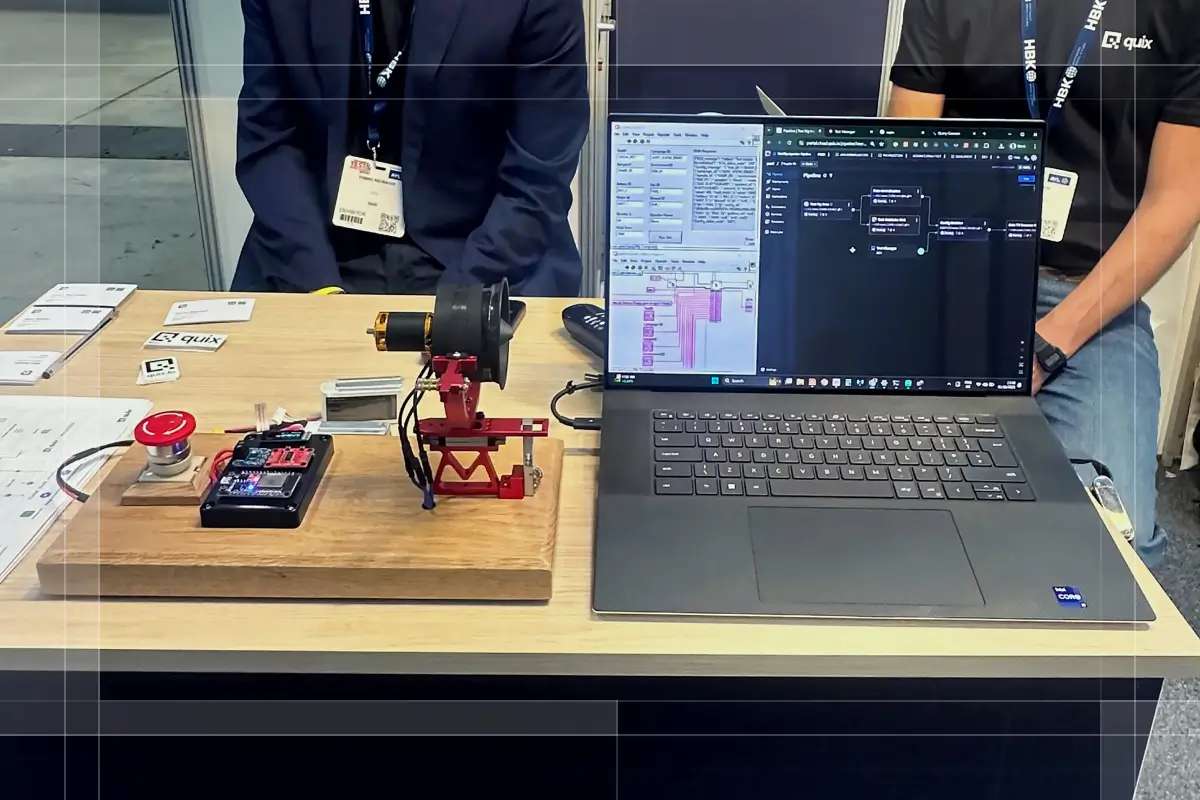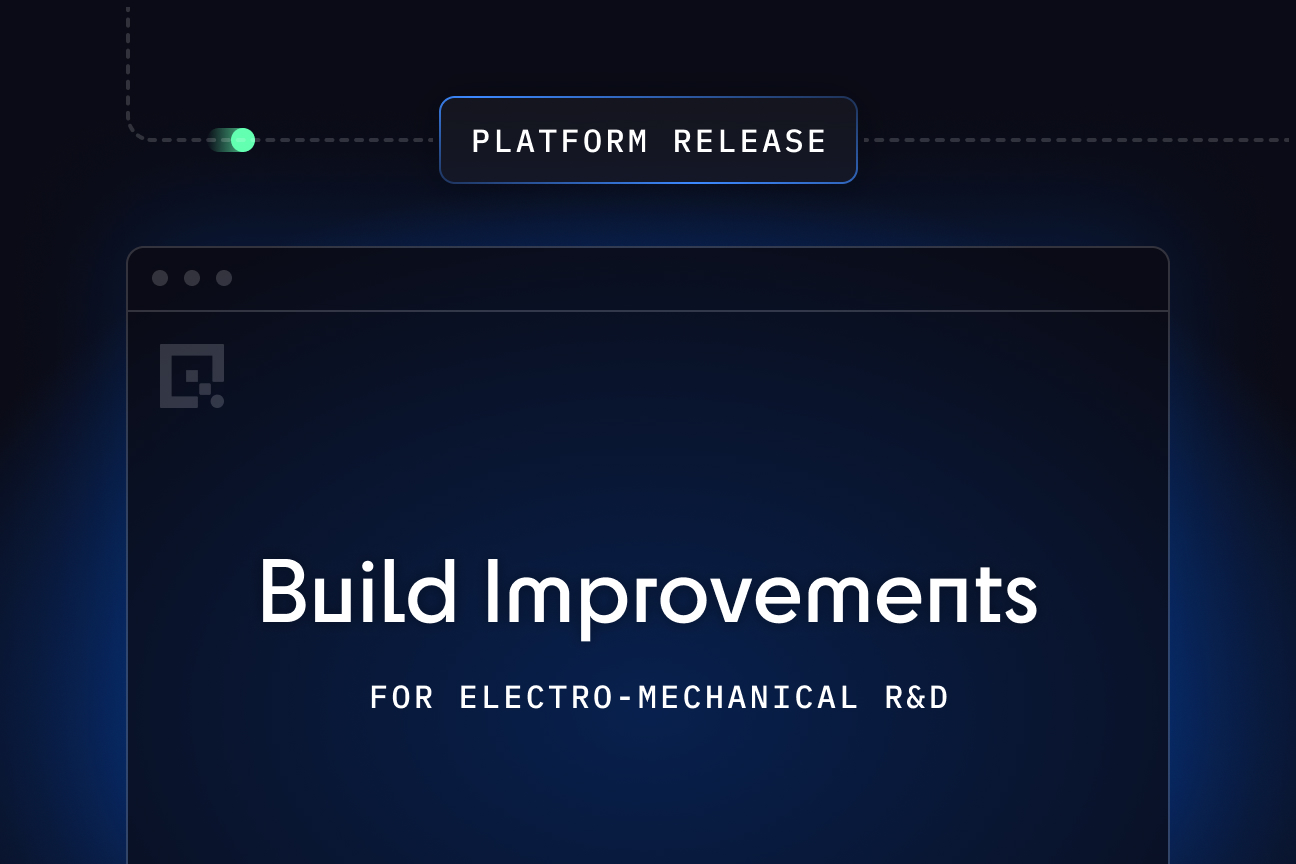Quix Streams Release 3.19.0
Quix Streams v3.19.0: New open-source time series database sink for TDEngine.

Quix Streams v3.19.0: TDengine Sink for High-Performance Time Series Data
We're excited to announce the release of Quix Streams v3.19.0, featuring a new TDengine Sink connector. This release brings TDengine integration to your streaming pipelines, specifically optimized for IoT, connected vehicles, and industrial applications.
TDengine Sink Connector
TDengine is an open-source time series database designed for high-performance data ingestion and analysis. The new `TDengineSink` makes it easy to stream processed data from your Quix Streams applications directly into TDengine.
Key Benefits
1. Optimized for Time Series Data: TDengine's architecture is purpose-built for time series data, offering superior performance for high-velocity data streams
2. Industrial-Grade Performance: Handle massive volumes of IoT and telemetry data with ease
3. Seamless Integration: Connect your streaming pipelines to TDengine with just a few lines of code
4. Efficient Storage: TDengine's columnar storage and compression significantly reduce storage requirements
Getting Started
To use the new TDengine Sink, first ensure you have all the required TDengine connection details. Then, add the sink to your Quix Streams application:
from quixstreams import Application
from quixstreams.connectors.sinks import TDengineSink
# Initialize your Quix Streams application
app = Application(...)
# Create a TDengine Sink
tdengine_sink = TDengineSink(
host="your-tdengine-host",
port=6030, # Default TDengine REST API port
database="your_database",
user="your_username",
password="your_password"
)
# Create a streaming dataframe
sdf = app.dataframe(...)
# Write the streaming data to TDengine
sdf = sdf.update(lambda row: tdengine_sink.process(row))
# Run the application
app.run()Internal Improvements
- Enhanced logging in `Application.run()` for better observability
- Various improvements to the TDengine sink implementation
Dependencies Update
- Updated types-protobuf to version 6.30.2.20250703
Upgrade
Upgrade to Quix Streams v3.19.0 to take advantage of the new TDengine Sink:
pip install --upgrade quixstreamsFor detailed documentation on using the TDengine Sink, visit our TDengineSink documentation.
Use Cases
This new sink helps engineering teams maintain the full context of their test configurations while analyzing high-velocity time series data.
It was built for R&D teams at:
- Original Equipment Manufacturers (OEMs): Stream and analyze test data from prototype validation rigs and test benches
- Energy Transition Innovators: Process high-frequency sensor data from next-generation energy systems and renewable technologies
- High-Tech Engineering: Handle telemetry data from advanced R&D testbeds and validation environments
- Emerging Mobility: Ingest and analyze data from vehicle development and testing platforms
We're excited to see how you'll use this new integration in your time series data pipelines. Share your use cases and feedback with us on GitHub!
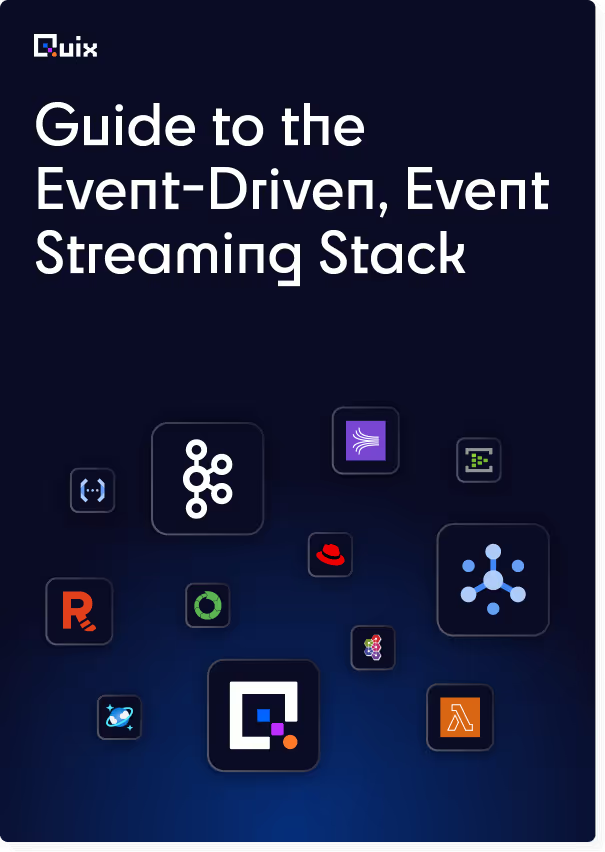
Check out the repo
Our Python client library is open source, and brings DataFrames and the Python ecosystem to stream processing.
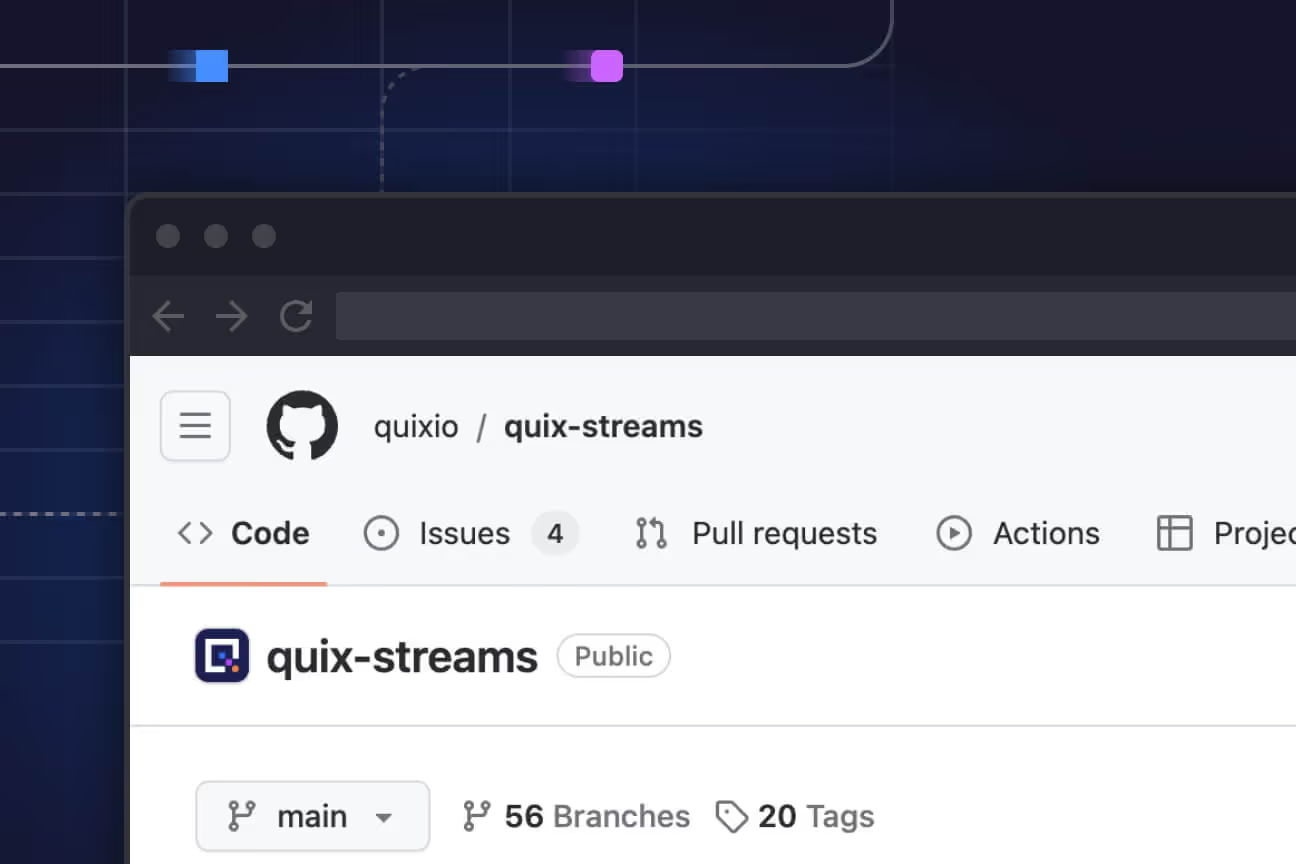
Interested in Quix Cloud?
Take a look around and explore the features of our platform.
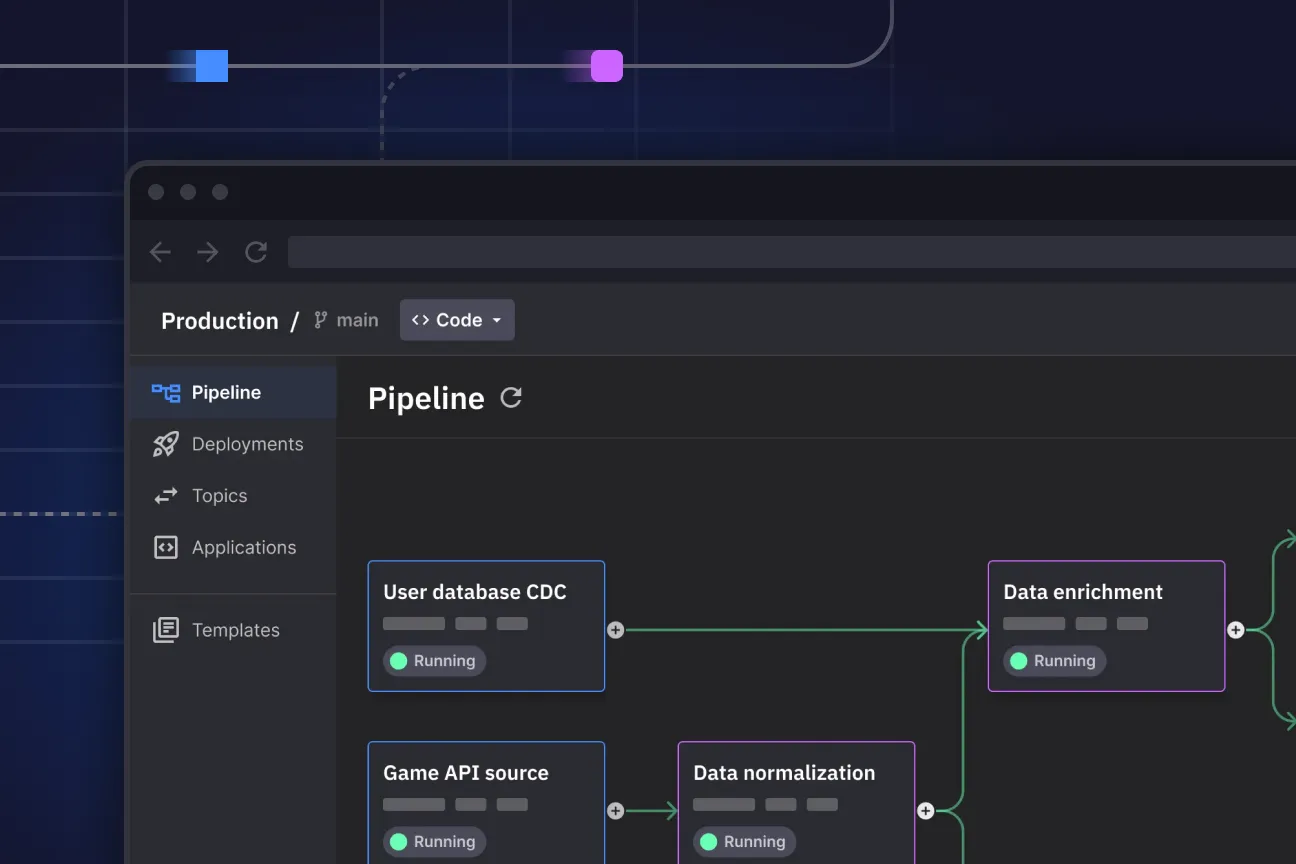
Interested in Quix Cloud?
Take a look around and explore the features of our platform.

.svg)


